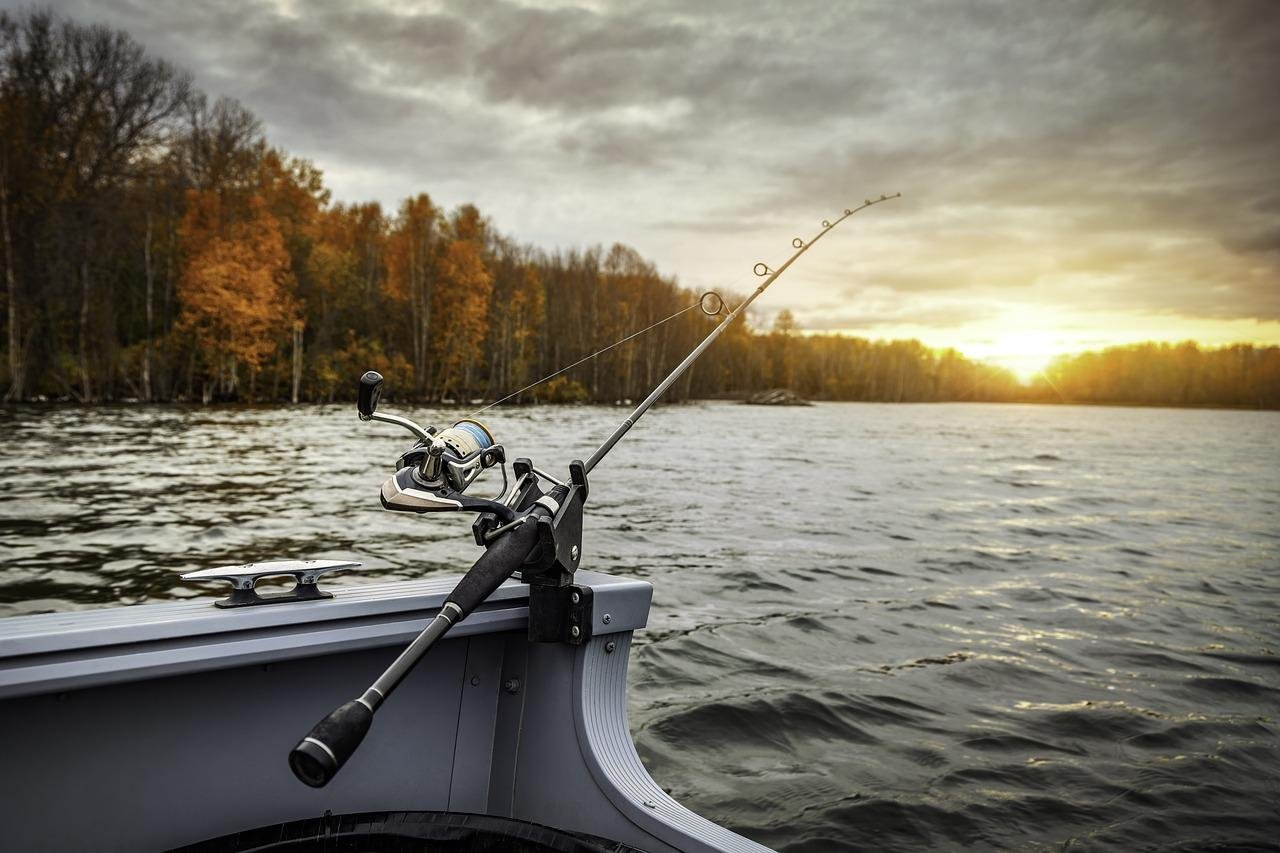Must-Have Fishing Products for Serious Anglers

When you’re out on the water, success often depends less on luck and more on gear. The right fishing products make the difference between a frustrating day and a rewarding catch. From rods and reels to lines, lures, and accessories, every component plays a role. Whether you're fishing freshwater streams, lakes, or coastal waters, this guide will help you choose, maintain, and use fishing gear with confidence.
Core Fishing Products You Need
Every angler’s toolkit includes several essential product categories. First is the rod and reel. The rod provides leverage and feel; the reel stores and releases line smoothly. Matching reel type—spinning, baitcasting, or fly—to your style is crucial. Next comes the fishing line—monofilament, fluorocarbon, or braided—each with tradeoffs in strength, stretch, visibility, and abrasion resistance. Hooks, swivels, and leaders are among the terminal hardware connecting your lure to the line. Lures and baits are the “action” part of fishing products—crankbaits, soft plastics, spinners, flies, or live bait mimic prey to entice strikes. You’ll also want nets, pliers, tackle boxes, electronics, and miscellaneous accessories to complete your setup.
How to Choose the Right Fishing Products
Selecting gear wisely means matching it to your environment, target species, and style. For lighter freshwater species, a medium-light rod and spinning reel with 6–10 lb line may be ideal. For larger or saltwater fish, you’ll need heavier rods, stronger reels with corrosion resistance, and robust lines. Choose lures that match local forage in size and color. For braided line, use a fluorocarbon leader to reduce visibility. Terminal hardware should match the strength of your line (e.g., never use a hook rated weaker than your line). Electronics like depth finders or fish locators amplify your effectiveness but require compatible mounts and wiring gear. Always consider durability: saltwater requires corrosion-proof materials and sealed bearings in reels, while freshwater gear may allow less expensive options.
Maintenance Tips for Longevity
One overlooked aspect of fishing products is maintenance. Saltwater rinsing is essential for all gear; even freshwater gear benefits from being cleaned and dried after each session. Inspect lines for nicks, abrasions, or UV damage and replace when weakened. Sharpen hooks regularly or replace them if dulled. Lubricate reel bear ings, gears, and moving parts with manufacturer-recommended lubricants. Store rods vertically or in tubes to prevent warping. Tackle boxes should stay dry and organized. Electronics should be checked for water intrusion and battery health. Maintaining your gear ensures it performs when you need it most.
Building a Versatile Fishing Kit
A smart fishing kit covers multiple scenarios without redundancy. Keep two rod/reel combos—one light, one heavier—for versatility. Carry a selection of lures: a few soft plastics, a crankbait or two, spinners, and a topwater lure. Include spare line, leaders, hooks in various sizes, and terminal hardware. Pack a compact toolkit: pliers, line cutters, spare swivels, split rings, and small repair items. Add a net and landing tool sized to your target species. Electronics like a handheld fish finder can be swapped between setups. With a modular kit, you can adapt to changing conditions without hauling multiple full setups.
- Art
- Causes
- Crafts
- Dance
- Drinks
- Film
- Fitness
- Food
- Spellen
- Gardening
- Health
- Home
- Literature
- Music
- Networking
- Other
- Party
- Religion
- Shopping
- Sports
- Theater
- Wellness


